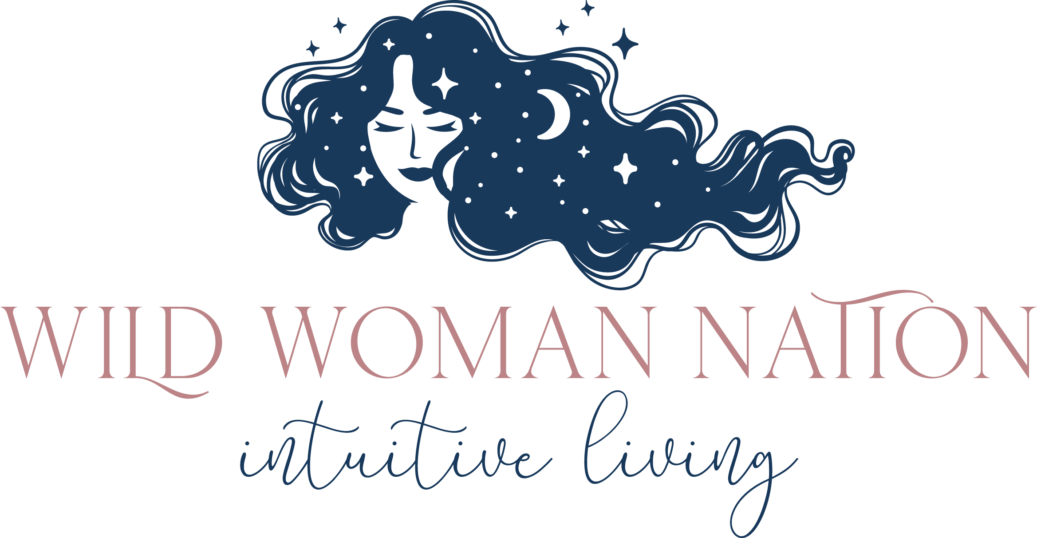Listen to Your Intuition to Build Trust in Yourself

Trusting your gut isn’t always easy, but those quiet nudges often point us in the right direction. Sometimes you just need a little reminder that your inner voice matters.
When you come across the perfect thought, it sticks with you. You start to notice those moments when you know what’s right for you, even if you can’t explain it. These messages aren’t just feel-good thoughts or feelings—they’re nudges to pause, listen, and believe that you already know what you need.
Why Trust Your Gut Matters
Trusting your gut isn’t about wishful thinking—it’s a quiet confidence that grows each time you listen to that inner feeling. Your intuition can guide you through little choices and big moments alike. Sometimes it’s a quiet whisper; other times, it’s a shout. When you pay attention, life feels a bit easier and you start to build a stronger relationship with yourself.
What Intuition Really Means
Intuition is your built-in sense of knowing without needing to analyze every detail. It’s the quick sense that something feels off or, on the other hand, feels just right. Some describe it as a lightbulb moment or a “gut feeling.” You may not have proof or logic for it, but it’s there—an inner signal based on your experiences, memories, and even your body’s reactions.
Think of intuition as the mental shortcut your brain takes when faced with new or complex situations. You pick up on small hints, patterns, or moods, even if you can’t explain how. It’s like an internal compass that points you in the direction you need to go.
Everyday Moments that Rely on Instinct
You use your intuition every day, often without noticing. It helps in more situations than you might expect:
- First impressions: Meeting someone new, you might feel instantly drawn to (or cautious about) them.
- Making decisions: You often “just know” which way to turn, what outfit to choose, or which food to eat.
- Reading the room: When tension is high, you sense it—even when no one says a word.
- Choosing your path: Switching jobs, moving cities, or picking friends, your gut often tells you when something feels right.
These small daily nudges add up. Each time you listen to your gut, you train yourself to trust your judgment a little more.
Benefits of Following Your Inner Voice
When you choose to act on your intuition, you’re not guessing. You’re letting your mind tap into what it already knows. Here’s what happens when you start to trust your inner voice:
- Faster decision-making: No need to overthink every detail; you trust your first instinct.
- Less regret: You learn to stand by your choices, even when things don’t go as planned.
- Stronger relationships: You notice red flags or positive vibes sooner and choose connections that feel genuine.
- Personal growth: Each time you trust yourself, you boost your confidence and self-respect.
- Reduced stress: Letting go of endless second-guessing brings peace of mind.
Your intuition is a tool for making life simpler and more authentic. The more you listen, the more you’ll see the real value it brings—every single day.
Short and Simple Sayings to Remember
Short quotes are easier to carry with you in daily life. These quick lines pack a punch, giving you a nudge whenever you need it:
- “Trust your gut.”
- “Go with your instinct.”
- “Your heart knows the way.”
- “Listen within.”
- “Inner voice, best guide.”
These sayings work like little reminders. You might scribble one on a sticky note or save it as your phone background. Use a sticky note and post a simple message on your bathroom mirror. Simple words have a big impact. The next time you’re unsure, try repeating one of these to yourself and see what bubbles up.
Building Self-Trust with Reminders
Leaving small written messages can help remind you of your inner power. Think of intuition messages like little seeds. The more you see them, the more they grow inside you.
Start by picking a quote that hits home for you. Write it down, set it as your lock screen, or stick it on your bathroom mirror.
Useful ways to keep your favorite quote top of mind include:
- Sticky notes: Place one on your laptop, car dashboard, or fridge.
- Phone background: Choose a calming image and add the quote with a free editor.
- Journal prompts: Begin or end each day by writing your chosen quote and a sentence about how it fits your day.
- Voice memos: Record yourself saying the quote and play it back when you need a boost.
Seeing or hearing the same simple words every day can slowly shift your self-talk. These reminders help you pause before you rush into old patterns, giving your gut a chance to speak up.
Finding Clarity in Uncertain Moments
When life throws you a curveball, decision-making often gets muddy. This is where listening your intuition becomes necessary.
Try these simple steps:
- Pause. Take a slow, deep breath.
- Focus your attention to your heart center.
- Ask yourself, “What feels true for me right now?”—let the words or feelings guide your answer.
You might not have all the facts, but paying attention to the feelings in your body and the fleeting thoughts in your mind often carries quiet wisdom.
Small choices made by following your intuition stack up. Soon, you find it easier to act on what you feel, not just what others expect.
Tips to Strengthen Your Intuitive Voice
Trusting your intuition is like tuning an old radio—you need patience, practice, and the right environment. Small changes can help you hear your inner wisdom more clearly. By quieting outside demands, bringing gentle awareness to your thoughts, and noticing simple signals, you make room for your intuition to speak up. Try these approaches to build a connection with that quiet, reliable guide inside you.
Tuning Out the Noise
Life is loud. You’re pulled in many directions by notifications, advice, social media, and to-do lists. All that noise can drown out your own voice, making it hard to tell which ideas are truly yours.
Set boundaries to clear away the clutter and help your intuition get through:
- Limit distractions: Put your phone on silent for an hour a day. Give yourself space to just be—no news, no scrolling, no chatter.
- Notice outside influence: It’s easy to take on other people’s worries or opinions. Next time you feel stuck, ask yourself, “Is this my feeling, or did I pick it up from someone else?”
- Create a quiet corner: Even a small nook helps. Sit by a window, light a candle, or get outside for a walk without headphones.
- Say no, gently: You don’t need to please everyone. Protect your time for rest, reflection, or anything that helps you feel calm.
Turning down the world’s volume makes it easier to hear that soft inner nudge.
Simple Mindfulness and Reflection Practices
Your intuition thrives when your mind is clear and present, not racing ahead or spinning back. You don’t need to meditate for an hour every day or chant mantras (unless you want to). Try these gentle routines to bring more mindfulness into your daily flow:
- Pause and breathe: Stop what you’re doing. Take three slow breaths. Notice how your body feels right now.
- Five-minute journaling: Jot down answers to simple prompts like “What feels off?” or “What am I drawn to today?” You might be surprised by what comes out.
- Body check-in: Scan your body for tension. Sometimes a tight stomach or relaxed shoulders say more than words.
- Mindful walks: Walk slowly and pay attention to your steps, the sounds around you, or the feel of the breeze. Let thoughts float by without judgment.
By slowing down and checking in, you signal to your intuition that its input matters.
Recognizing Your Signals
Intuition isn’t thunderous. It’s more like a ripple on a quiet pond. Pay attention to small signs—your body, emotions, and even your moods. With time, you’ll start to spot the patterns.
Look for signals like these:
- Physical feelings: A flutter in your stomach, a tight chest, or a warm wave over your skin.
- Sudden clarity: Sometimes the answer “just appears”—not forced, just clear.
- Emotional nudges: You might get a sense of excitement or discomfort, even when you don’t know why.
- Persistent thoughts: If an idea keeps popping up, it might be your intuition wanting attention.
- Dreams or daydreams: Sometimes your gut speaks through stories or images.
Trust those little hints. When you notice them more often, your intuition grows louder and steadier.
Build these habits, even in small doses, and your intuitive voice will start to feel like an old friend—steady, wise, and unmistakably yours.
Conclusion
Trusting your intuition starts with small acts and reminders. When you see a quote that hits home or keep it nearby, it becomes a gentle nudge each day. These words have power—they help you pause, breathe, and act on what already feels right inside.
Let your body be your guide when you need a little push or clarity. The more you listen in, the stronger your self-trust will grow. Thank you for reading—feel free to share your favorite intuition quote or how you use your inner voice in daily life. By tuning in to what you know deep down, you set yourself up for more honest decisions and a life that feels like your own.
